Enjoy an Authentic Experience in Karatsu

Maizuru castle in Karatsu ©Rebecca Zissmann
With its castle overlooking the surrounding bay, the city of Karatsu recalls a sentinel keeping watch over the immensity of the ocean. Situated astride the Matsuura River, having once been immersed in a pine forest, this city in the north-west of the southern island of Kyushu is a choice destination for those wanting to understand the identity of Saga prefecture.
Commerce, culture and ceramics
The neighbour to the celebrated city of Fukuoka has a long history of openness to the outside world and to the Asian continent (the name Karatsu comes from kara meaning East Asia and tsu meaning port). It has had much communication with Korea, and indeed the residents acquired their porcelain technique from Korean ceramists before developing their own local particularities. Whether they’re from Imari, Arita or Karatsu (Karatsu-yaki), these very distinctive ceramics are known all over the region.
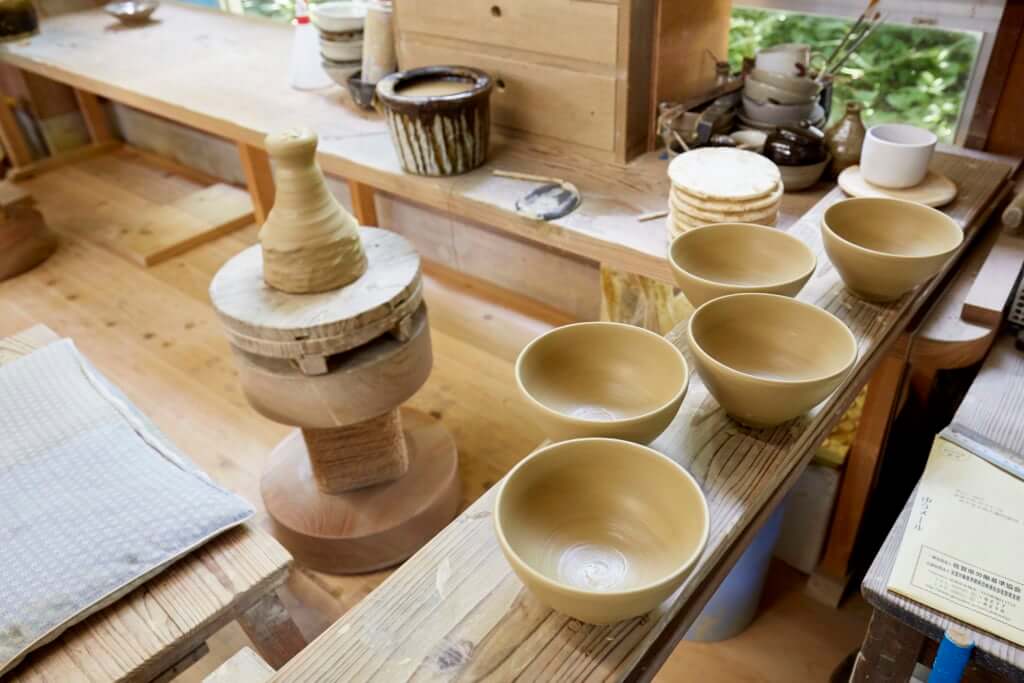
Karatsu-yaki ©JNTO
However, it’s the residents’ way of life that is most deserving of a detour. In sync with nature, the locals are keen growers. The region was one of the first to introduce rice growing in Japan! Every autumn, in the first few days of November, the festival Karatsu Kunchi is held there in honour of bountiful harvests, and has been attracting crowds for almost 400 years. Around fifteen enormous floats known as hikiyama parade then, representing legendary characters. From heroes from the tale Urashima Taro to ferocious dragons and great samurai, there’s something for everyone.
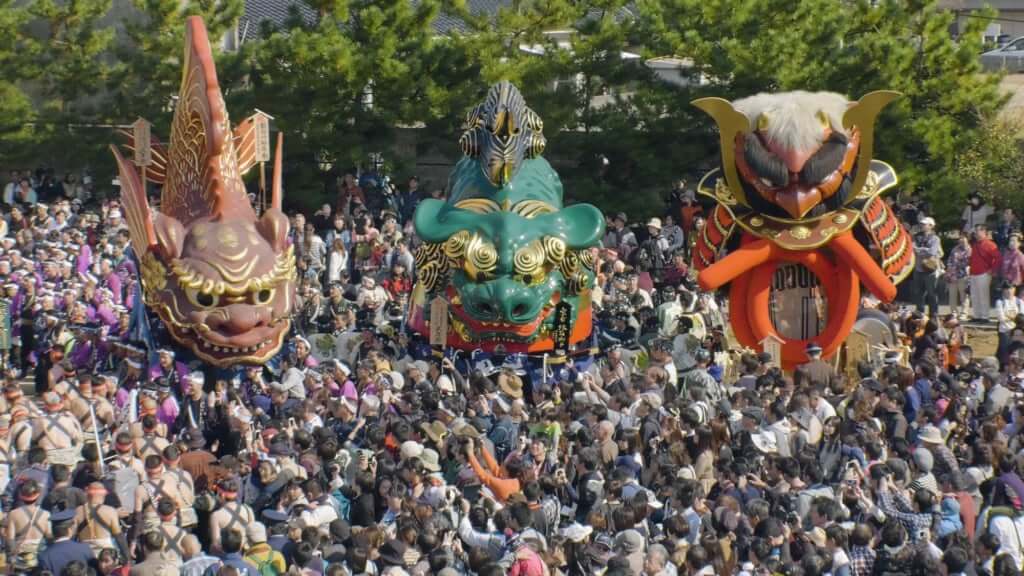
Karatsu Kunchi Festival ©JNTO
Preserved heritage
The residents of Karatsu have an acute sense of heritage and a strong desire to preserve their traditions. Maizuru Castle is the clearest illustration of this. Built in 1608, it was destroyed in the 1870s during the abolition of the feudal daimyō system. But the local council in Karatsu decided to rebuild it in 1966 to house a museum. Since then, its five floors sit proudly at the highest point of the city. There are many buildings which testify to Karatsu’s past, such as the restaurant Takeya, located in a beautiful house which has been kept intact since the Taisho era (1912-1926). Its speciality is eels (unagi) and they’re so delicious that they melt in the mouth.
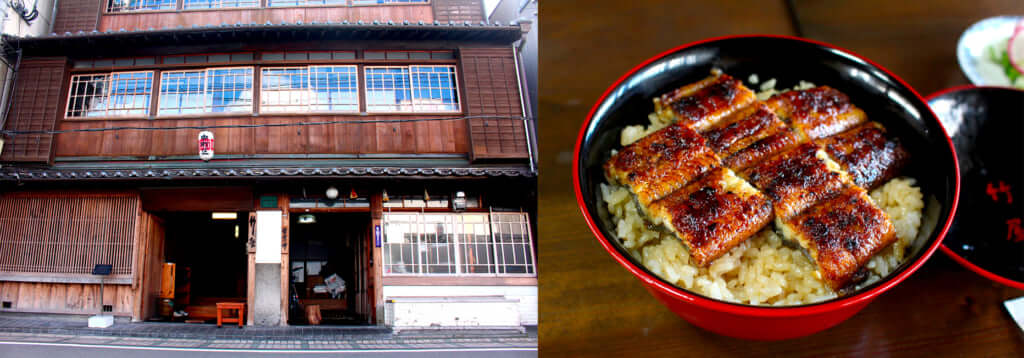
Takeya, unagi (eel) restaurant in Karatsu ©Rebecca Zissmann
Seafood is particularly appreciated in Karatsu, especially squid. They’re consumed fresh out of the water in slices of sashimi that are so thin they’re transparent. The presentation of this dish could come as a surprise to the faint-hearted, as the slivers of ika (squid) are placed on the body of a whole squid, still quivering, with the head and opaline blue eyes left on… Kabeshima, a restaurant on Kabeshima Island near the port of Karatsu, is an unmissable spot for those wanting to try squid. Perched on the edge of a cliff, it also offers a stunning view over the sea below.
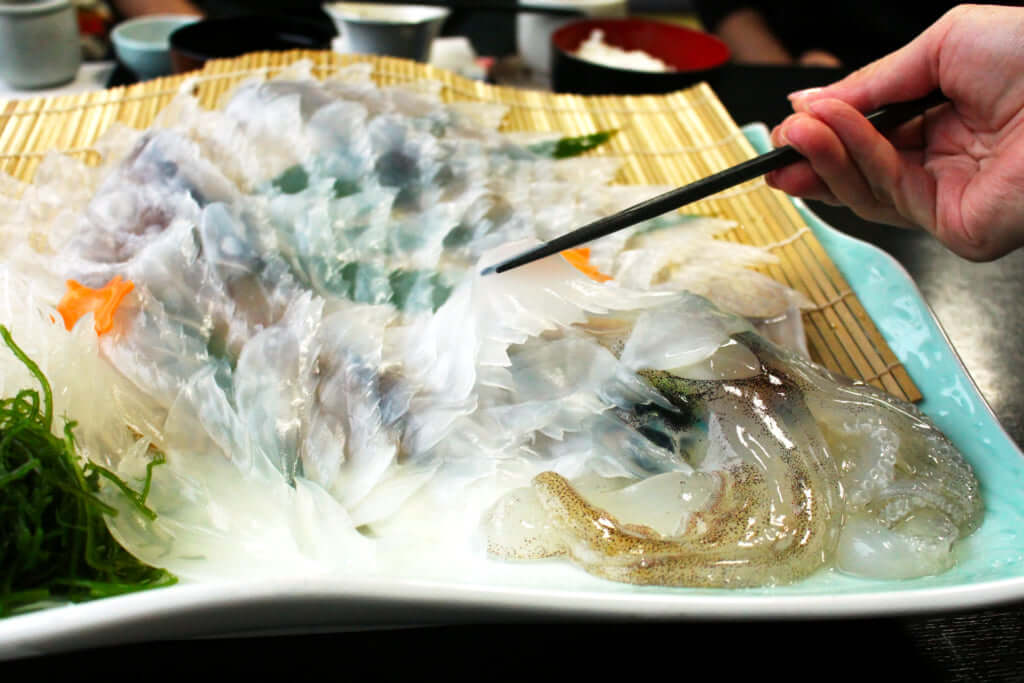
Ika (squid) sashimi at Kabeshima restaurant, Karatsu ©Rebecca Zissmann
Nature and excursions
The rooms at the immaculate Karatsu Seaside Hotel, on the edge of the Niji no Matsubara Pine Grove, also offer a splendid view over the water. This luxury hotel allows guests to immerse themselves in the beauty of the marine landscape, as well as in the boiling waters of its spa which includes an onsen (a traditional Japanese hot spring) and other saunas and hammams. All of this is also against a breath-taking backdrop of Karatsu Bay, a particularly impressive view of which is available from the open-air bath on the top floor.
Just off the Karatsu Seaside Hotel, you can see Takashima Island and its wooded knoll. It can be accessed in just ten minutes by boat from Karatsu city centre and is worth a visit for its originality and pastoral atmosphere, with fields and crops. Sometimes nicknamed Cat Island, Takashima is populated by cats which are distinctive for the fact that they look like they’re “praying”. When their owner offers them a treat, they stand up on their hind legs and hold their paws together in a votive gesture. They have therefore become a symbol for the island, and there is even a little altar dedicated to them in the souvenir shop. But the main point of interest in Takashima lies elsewhere, at Houtou Shrine. Nearly 200,000 people visit it each year because it is said to bring luck… for the lottery! After visiting it, you simply have to try your luck at Takarakuji (Japanese lottery).

Outdoor bath at Karatsu Seaside Hotel (left) and sunrise from one of the guest rooms (right) ©Rebecca Zissmann

Testimonies from people who won the lottery at Houtou shrine ©Rebecca Zissmann
Hospitality and local products
If there’s a place where the experience isn’t subject to a lottery, it’s the restaurant Arutokoro (“somewhere” in Japanese). Four years ago, chef Hirakawa Sunao decided to renovate a nearly 130-year-old kominka (traditional house) himself to set up a restaurant. In a large room, the former living room, a long wooden table faces the open kitchen with its central island and wood-fired stove, where the chef and his assistant work. Dining at Arutokoro is a timeless experience. It has a set menu that changes with the seasons. There are a dozen dishes one after the other, made from ingredients selected for their freshness and delicacy, like fish with tender flesh presented in the form of sushi, which almost recalls the flesh of meat. Vegetables aren’t left behind, such as those used to fill ganmodoki, a fried tofu fritter accompanied with homemade broth. Indeed, chef Hirakawa makes everything himself, including the miso paste for the famous soup.
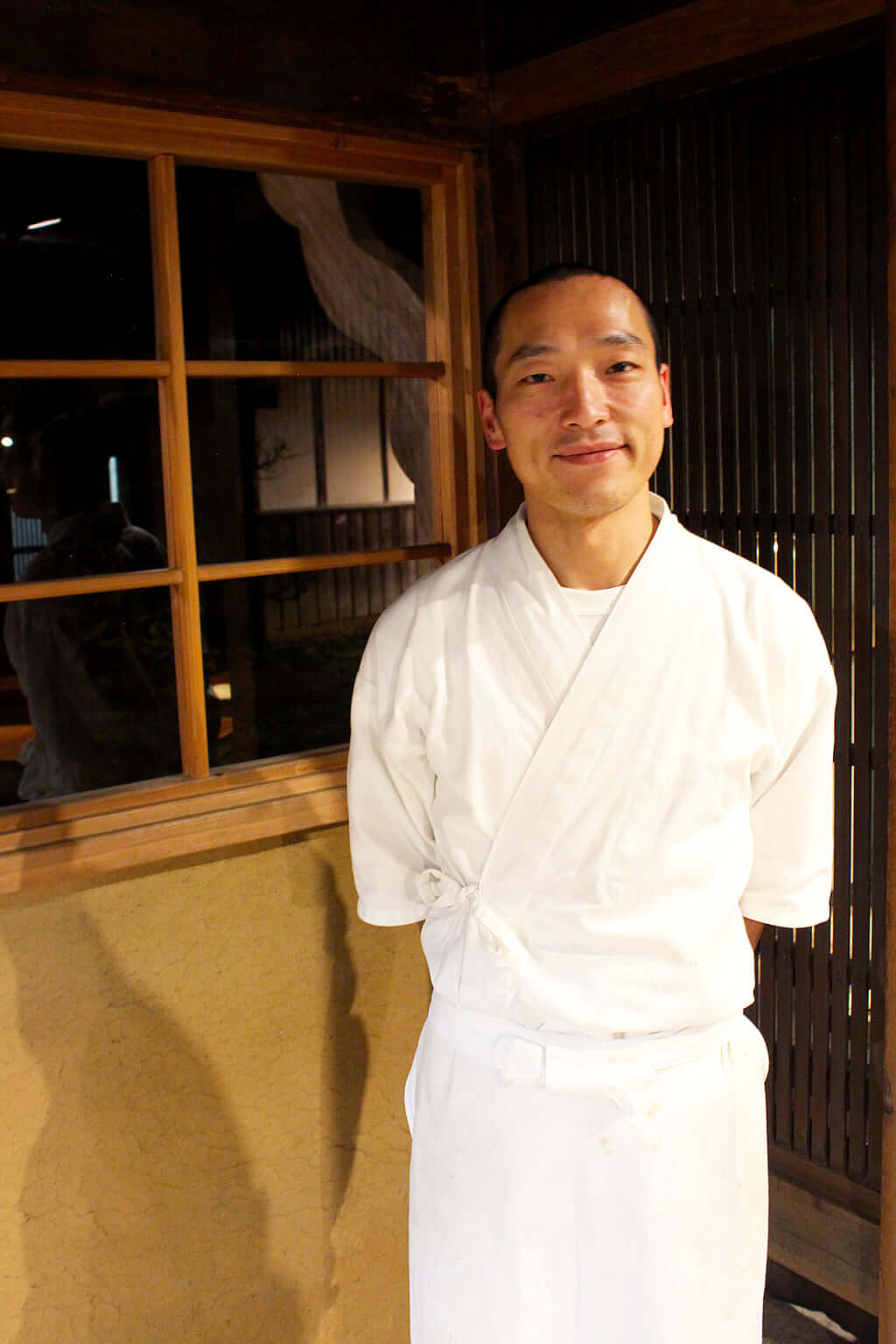
Chef Harukawa Sunao from Arutokoro restaurant ©Rebecca Zissmann
At Arutokoro, the watchword is hospitality. Diners are made to feel at home, guided by the chef’s detailed recommendations and explanations. The welcoming atmosphere is felt from the starter to the dessert, and the final mouthful is a yaki-imo (roasted sweet potato), served while still hot and accompanied by vanilla ice cream. Chef Hirakawa cooks them on a low flame in a stove in the corner of the room the moment the diners arrive. They’re roasted throughout the duration of the meal, which is around one hour and thirty minutes, exemplifying the care taken by the team at Arutokoro when it comes to the finer details. They also pay close attention to the crockery, using a beautiful assortment of ceramics from the region, the famous Karatsu-yaki.
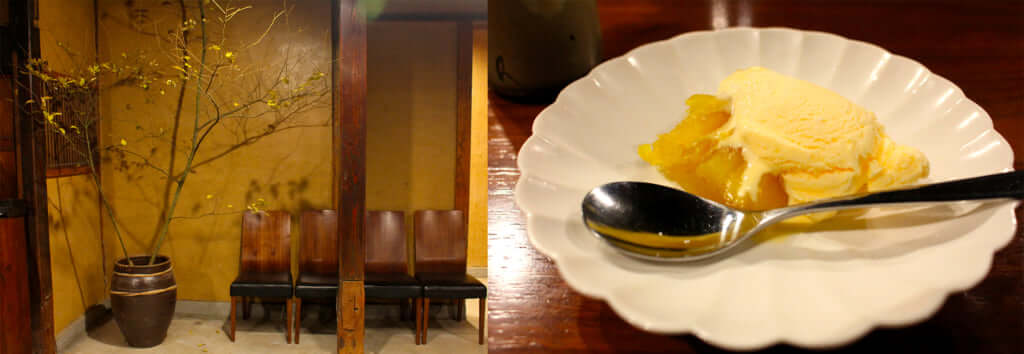
Arutokoro restaurant interior (left) and yaki-imo dessert (right) ©Rebecca Zissmann
Indeed, the region is at the heart of chef Hirakawa’s cooking, and he enhances the flavours using products from Saga which he is constantly rediscovering, from the dishes to the wines and spirits on the menu, which showcase local varieties. This decision has been a fruitful one, because in 2019, Arutokoro was awarded a Michelin star. It’s a way of recognising a talented team and the richness of a region where natural resources could very well hold the key to the future.
TRENDING
-
A House from the Taisho Era Reveals Its Secrets
While visiting an abandoned building, Hamish Campbell discovered photographs the owner had taken of the place in the 1920s.

-
The Taboo-Breaking Erotica of Toshio Saeki
The master of the 1970s Japanese avant-garde reimagined his most iconic artworks for a limited box set with silkscreen artist Fumie Taniyama.

-
With Meisa Fujishiro, Tokyo's Nudes Stand Tall
In the series 'Sketches of Tokyo', the photographer revisits the genre by bringing it face to face with the capital's architecture.

-
Masahisa Fukase's Family Portraits
In his series ‘Family’, the photographer compiles surprising photos in which he questions death, the inescapable.

-
Hajime Sorayama's Futuristic Eroticism
The illustrator is the pioneer for a form of hyperrealism that combines sensuality and technology and depicts sexualised robots.





